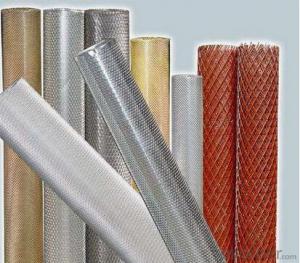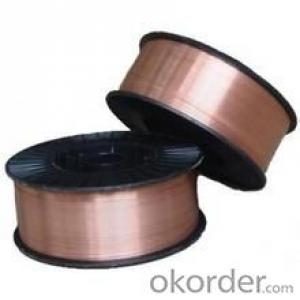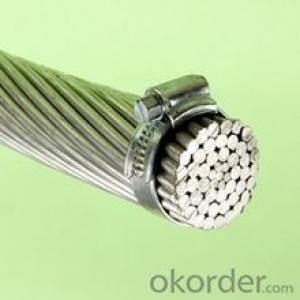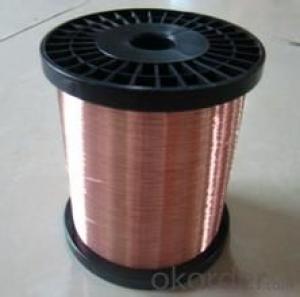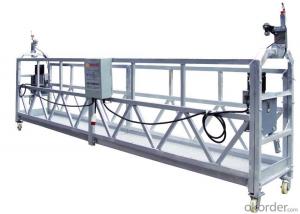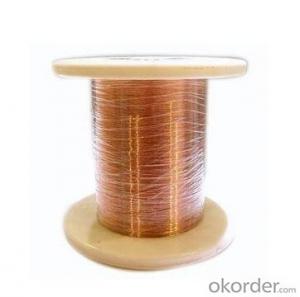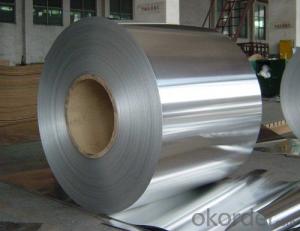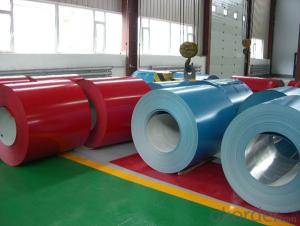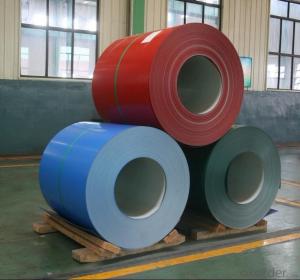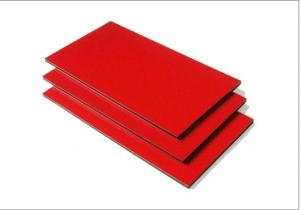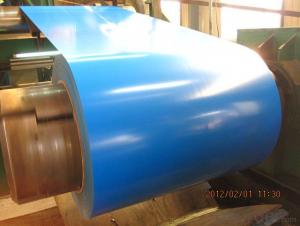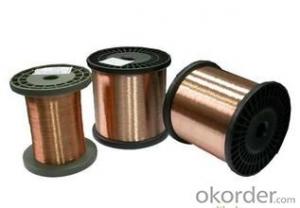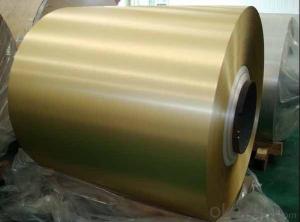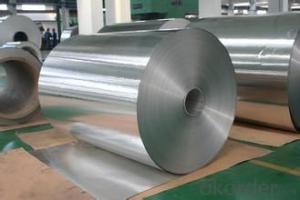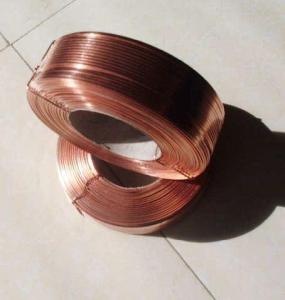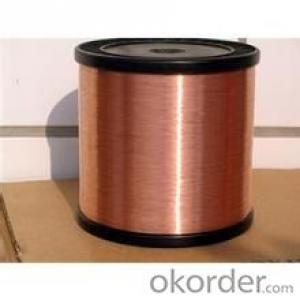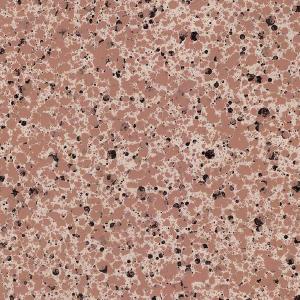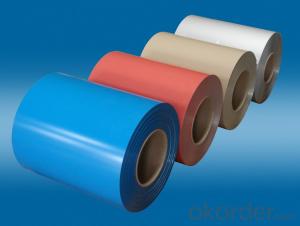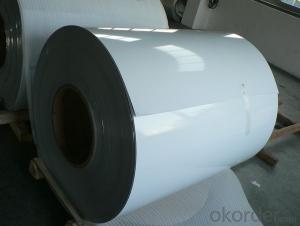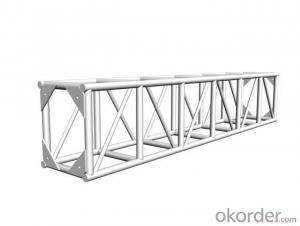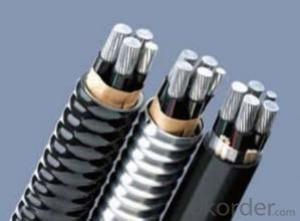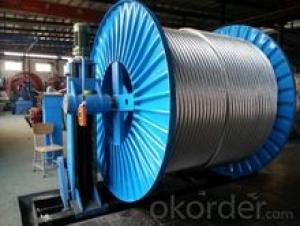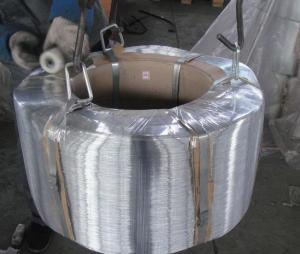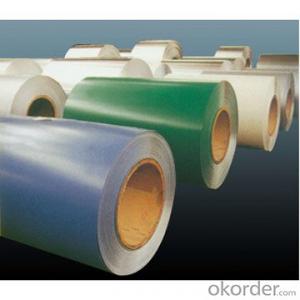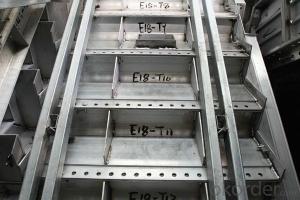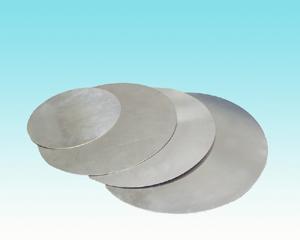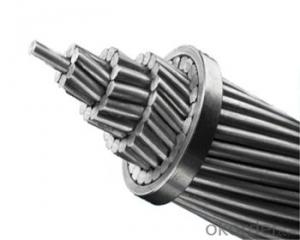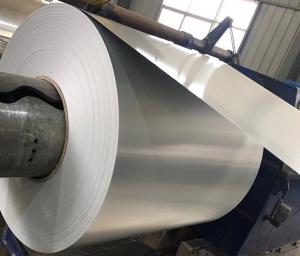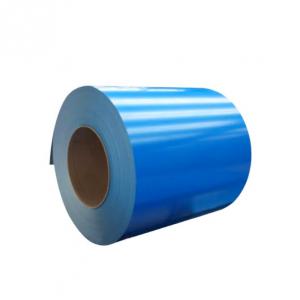Aluminum Copper Alloy
Aluminum Copper Alloy Related Searches
Aluminum Copper Coil Copper Aluminum Coil Aluminum Alloy Coil Copper Aluminum Foil Copper Plate Aluminum Copper Colored Aluminum Coil Casting Aluminum Alloy Coil Coating Aluminum Coil Aluminum Copper Colored Aluminum Foil Coil Coated Aluminum Aluminum Tooling Plate Alloy Aluminum Coil Pipe All Aluminum Coil Aluminum Coil Wholesale Aluminum Ac Coil Copper Tube Aluminum Fin Coil Wholesale Aluminum Coil Copper Clad Aluminum Plate Aluminum Strapping Coil Aluminum A Coil Aluminum Wire Coil Aluminum Tubing Coil Aluminum Roof Coil Coil Holder Aluminum Aluminum Condenser Coil Anodized Aluminum Coil Aluminum Evaporator Coil Aluminum Foil Coated Powder Coated Aluminum CoilAluminum Copper Alloy Supplier & Manufacturer from China
Aluminum Copper Alloy, also known as aluminum bronze, is a type of metal material that combines the properties of both aluminum and copper. This alloy is known for its excellent strength, corrosion resistance, and electrical conductivity, making it a popular choice for various industries. The alloy's unique combination of properties allows it to be used in a wide range of applications, including marine hardware, electrical components, and high-performance engineering parts. Its versatility and durability make it an ideal material for environments where resistance to corrosion and wear is essential.In various industries, the demand for Aluminum Copper Alloy has been steadily increasing due to its superior performance in challenging conditions. This alloy is extensively used in the manufacturing of components that require high strength, excellent electrical conductivity, and resistance to corrosion. Its applications span across different sectors such as aerospace, automotive, and electronics, where high-performance materials are crucial for the success and longevity of products. Okorder.com, being a leading wholesale supplier, offers a vast inventory of Aluminum Copper Alloy to cater to the growing needs of these industries. With a commitment to quality and customer satisfaction, Okorder.com ensures that the Aluminum Copper Alloy supplied meets the highest standards and is available in various forms and sizes to suit specific requirements.
Hot Products


